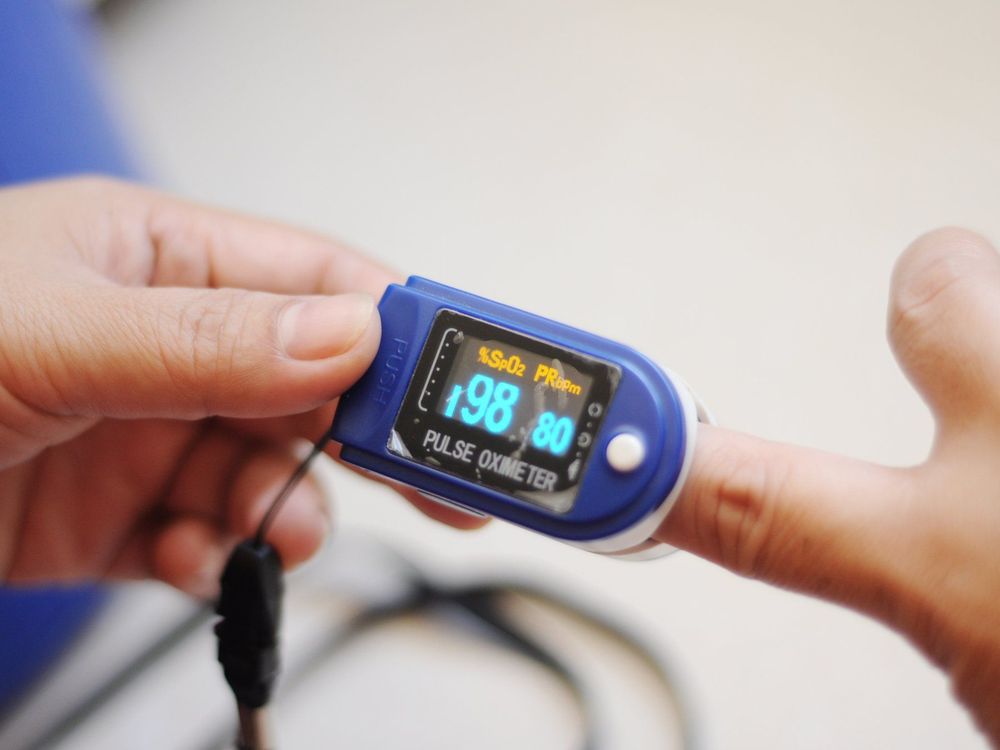This is an automatically translated article.
The article was professionally consulted with Master, Doctor Dang Huy Toan - Pediatrician - Neonatologist - Department of Pediatrics - Neonatology - Vinmec Nha Trang International General Hospital.When a person has hypoxic acute respiratory failure, the body is in a state of severe arterial hypoxia and cannot respond to O2. Accordingly, the body does not have enough oxygen to supply organs such as the heart, brain or the rest of the body. This can cause symptoms in patients such as shortness of breath, cyanosis in the tips of the fingers and lips, and disturbances in consciousness.
1. What is hypoxia acute respiratory failure?
Respiratory failure is a condition in which a patient's lungs have difficulty exchanging oxygen and carbon dioxide with the blood. It can put your body in a state of hypoxia and/or high carbon dioxide. Respiratory failure is usually divided into 4 types:Acute respiratory failure with hypoxia; Acute respiratory failure increased carbon dioxide; Mixed acute respiratory failure In which, acute hypoxic respiratory failure (AHRF) is a condition in which the body is severely hypoxic and does not respond to O2. This condition is caused by a shunt of blood in the lungs because the alveoli are infiltrated or collapsed.
Symptoms of respiratory hypoxia include shortness of breath and rapid breathing. Diagnosis of this disease is made based on blood gases and chest X-ray. Treatment usually requires mechanical ventilation.
2. Causes of acute respiratory failure, hypoxia
Alveolar infiltrates are the cause of acute hypoxic respiratory failure (AHRF), it can be the result of:Increased capillary alveolar membrane permeability, similarly occurring under any of the conditions that can lead to acute respiratory distress syndrome (ARDS); Increased alveolar capillary pressure, similar to that in hypervolemia or left ventricular failure; Inflammatory exudates (which can occur in pneumonia or other inflammatory lung diseases) or blood (such as diffuse alveolar hemorrhage)

Thâm nhiễm phế nang là nguyên nhân gây suy hô hấp cấp giảm oxy (AHRF)
3. Signs and symptoms of acute hypoxic respiratory failure
Acute hypoxia can cause symptoms, including:Difficulty breathing for the patient; The patient has feelings of restlessness and anxiety; Signs include altered consciousness or confusion; Cyanosis at the tips of the limbs or lips; Rapid breathing, rapid heart rate and sweating; May lead to arrhythmia as well as coma; Closing the airway causes crackles, detectable on auscultation; Crackles tend to be diffuse but sometimes more frequent at the base of the lung. Left ventricular failure or distended jugular vein occurs with very high positive end-expiratory pressure (PEEP).
4. Diagnosis of hypoxia acute respiratory failure
Clinical diagnosis; Chest X-ray and blood gases: have very important significance in diagnostic orientation. To diagnose a patient with hypoxic acute respiratory failure, first confirm the patient's hypoxia. It is usually detected using the SpO2 measurement method. Patients with low O2 saturation should have chest x-ray and blood gases, as well as receive O2 therapy while awaiting test results.If there is no improvement to O2 saturation > 90% despite O2 breathing, a right-to-left shunt should be suspected. On chest X-ray, an alveolar infiltrate is found to indicate alveolar origin, rather than a cardiovascular shunt. However, when hypoxic acute respiratory failure occurs, hypoxemia may occur before changes can be seen on x-rays.
When hypoxic acute respiratory failure is diagnosed, the cause must be determined, the doctor will proceed to consider both pulmonary and extrapulmonary causes. In many cases, a known, ongoing disorder will be an obvious cause. Also in some cases of hypoxic acute respiratory failure, the primary history is suggestive.
If hypoxic acute respiratory failure is diagnosed but the cause is unclear (eg: trauma, severe lung infection, sepsis, pancreatitis), review of laboratory tests and medications and procedures and recent diagnostic treatment may suggest a cause of omission (eg, use of contrast agent, blood transfusion, or air embolism).
In cases where no cause can be found, some experts recommend bronchoscopy and bronchoscopy to rule out alveolar hemorrhage, pneumonia, and eosinophilia . If the test is negative, perform a lung biopsy to rule out other disorders (eg, acute interstitial pneumonia, extrinsic allergic pneumonia).

Do SpO2 chẩn đoán tình trạng thiếu oxy ở người bệnh suy hô hấp cấp
5. Treatment of acute respiratory failure with hypoxia
Mechanical ventilation is the main method applied in the treatment of hypoxic acute respiratory failure with the condition that the saturation is < 90% and the oxygen flow is high. Nearly all patients treated for hypoxic acute respiratory failure require mechanical ventilation. Objectives include:Plateau pressure < 30cm H2O (factors that can cause decreased chest and abdominal wall expansion should be considered); Ventilation volume is 6mL/kg body weight in order to minimize lung injury; Low FiO2 to maintain sufficient SaO2 and minimize O2 toxicity; Positive end airway pressure (PEEP) must be high enough to keep the alveoli open and decrease FiO2 until a plateau pressure of 28 to 30cm H2O can be achieved. Patients with moderate to severe hypoxic acute respiratory failure have a lower risk of death when higher positive end airway pressures (PEEP) are used.
The prone position improves oxygenation in some patients by allowing the body to mobilize the unvented lung area. A recent study found that this pose may have an effect on improving survival.
Noninvasive mechanical ventilation (NIPPV) is sometimes helpful in patients with hypoxic acute respiratory failure. In addition, patients on noninvasive mechanical ventilation (NIPPV) subsequently require intubation, so at the time of intubation severe hyposaturation can occur.
Acute hypoxic respiratory failure is very dangerous and needs to be treated immediately so that the patient can return to normal activities. During and after treatment, patients need to follow their doctor's advice on continuity of care. Therefore, you need to choose a reputable medical facility to examine, diagnose and treat acute respiratory failure with hypoxia.

Tình trạng suy hô hấp cấp giảm oxy là rất nguy hiểm
Please dial HOTLINE for more information or register for an appointment HERE. Download MyVinmec app to make appointments faster and to manage your bookings easily.













